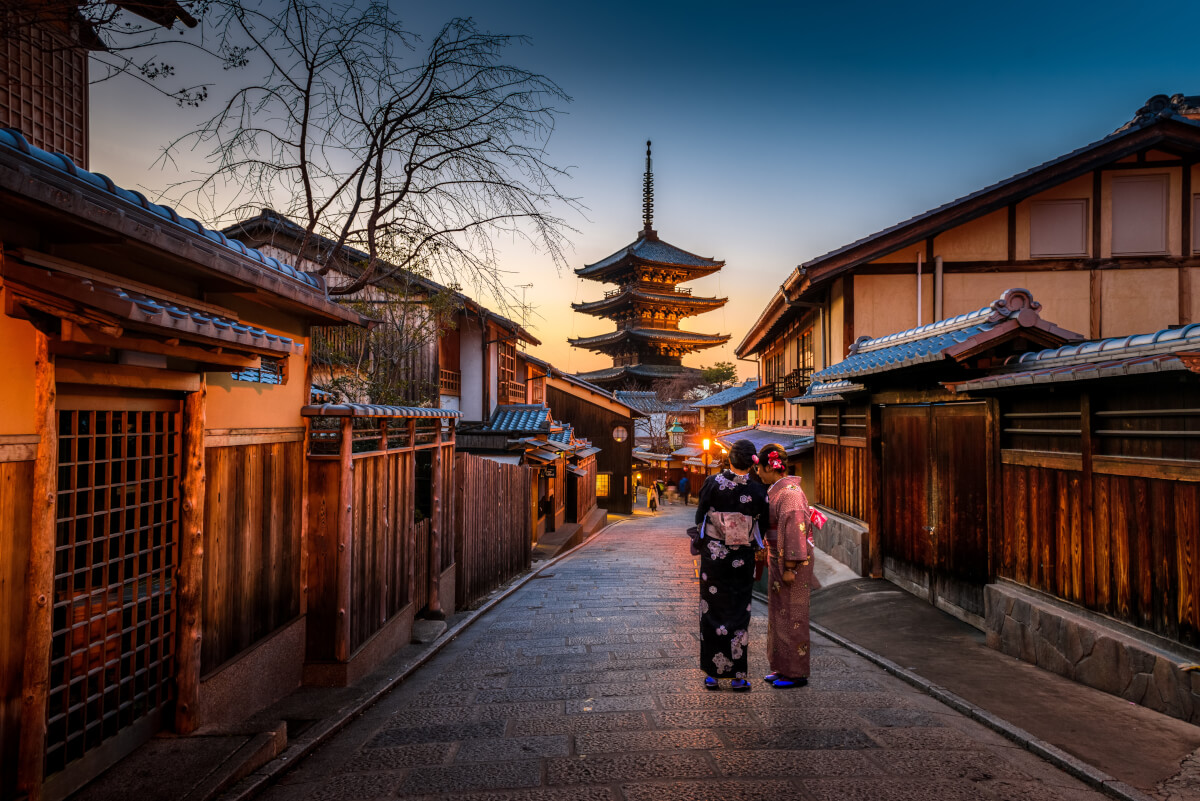Kyooto, the cultural core of Japan, is a city steeped in abundant heritage and long-standing traditions. Among its many treasures, the vibrant festivals stand out as a testament to the city's lasting legacy and collective spirit. From the grand parade of Aoi Matsuri to the spectacular floats of Gion Matsuri, each event offers a unique glimpse into the captivating cultural tapestry that shapes this ancient capital. These celebrations not only showcase the artistry and talents of the local population but also connect generations by honoring traditions passed down through the ages.
As the months change, Kyoto comes alive with the melodies, visuals, and aromas of its festivals, each reflecting the intrinsic values and traditions of the community. Guests and residents alike eagerly anticipate these gatherings, which are not merely happenings but a way to experience the essence of Kyoto's heritage. Whether taking part in the intricate rituals or marveling at the beautiful attire, one is invited to engage in the spirit of Kyoto, making memories that reflect the city's vibrant past and bright future.
The Importance of the Gion Festival
Gion Matsuri is one among the most celebrated festivals in Kyoto, taking place annually in July. The festival's beginnings date back to the 9th century as a purification ritual to placate the deities during a pandemic. Over the years, it has developed into a magnificent celebration featuring colorful floats, cultural music, and performances, deeply ingrained in Kyoto's cultural heritage. The festival not only showcases the city's artistic skills but also serves as a signal of its history and enduring traditions.
The focal point of the festival is the parade of floats, referred to as yamaboko, which travel through the streets of Kyoto. These floats are intricately designed and symbolize various neighborhoods of the city, with each display showcasing individual artistry and historical importance. The event draws thousands of visitors, both local and international, who come to admire the artistry and join in on the festivities. This communal spirit reinforces the bonds among residents and keeps the valued traditions alive.
Moreover, Gion Matsuri plays a crucial role in the preservation of Kyoto's culture. It offers a platform for the community to come together, celebrate their cultural identity, and transmit traditional practices to next generations. The event highlights the importance of rituals and practices in maintaining the spirit of Kyoto, making it an essential part of the city's cultural fabric. Through the festival, the legacy of Kyoto's rich history continues to flourish.

Aoi Matsuri: A Celebration of Nature
Aoi Matsuri, held every year on the 15th of May, is one of Kyoto's key festivals, firmly established in the city’s old traditions. The festival has its roots back to the 600s as a ritual to guarantee a rich harvest and propitiate the deities of nature. The name "Aoi" refers to the plant known as hollyhock, which is a key element in the festival's ceremonies, symbolizing abundance and luck. Kyoto Culture Festivals to nature is key to the celebration, highlighting the close relationship between Kyoto's citizens and their environment.
The festival kicks off with a grand procession known as the "Sanbo Ceremony," where participants put on vibrant traditional costumes inspired by the Heian period. The route from the Imperial Palace to the Kamo Shrines is filled by spectators eager to see the elaborate display. Floats adorned with abundant greenery and flowers honor the natural beauty that the festival showcases. The careful preparation and the respect shown during this procession represent Kyoto's vibrant cultural heritage and commitment to preserving its traditions.
At the center of Aoi Matsuri is a deep admiration for Kyoto's natural landscape. The rituals performed during the festival are meant to venerate the gods that protect the crops and wildlife in the area. This reverence for nature reflects the significance of Kyoto's cultural festivals, which frequently combine religious beliefs with the seasons. As the city showcases its commitment to these traditions, Aoi Matsuri stands as a reminder of the importance of nature in Japanese culture, making it a unforgettable experience for inhabitants and tourists alike.
Influence of Kyoto's Fests
The celebrations of Kyoto function as a colorful expression of the city's beautiful cultural heritage and traditions. Each event, whether it be the Gion Matsuri or Aoi Matsuri, showcases the complex rituals, performances, and artistic expressions that have been passed down through generations. These gatherings not only honor Kyoto's historical significance but also promote community bonding among residents and visitors alike, reinforcing a sense of identity and belonging.
Participating in Kyoto's festivals allows people to interact with the local customs and artistic endeavors, fostering a deeper understanding for the city's cultural landscape. The decorative floats, traditional attire, and performances showcase the craftsmanship and creativity inherent in Kyoto's culture, serving as a living museum for both locals and tourists. This participatory experience encourages an understanding of antiquated practices while also underscoring their relevance in contemporary society.
Moreover, the economic influence of Kyoto's festivals cannot be overlooked. These events welcome thousands of tourists each year, boosting local businesses and encouraging the preservation of traditional crafts and foods. The surge of visitors provides an occasion for the community to display its unique culture and traditions, while also confirming that these festivals remain a crucial aspect of Kyoto's identity for future generations.
